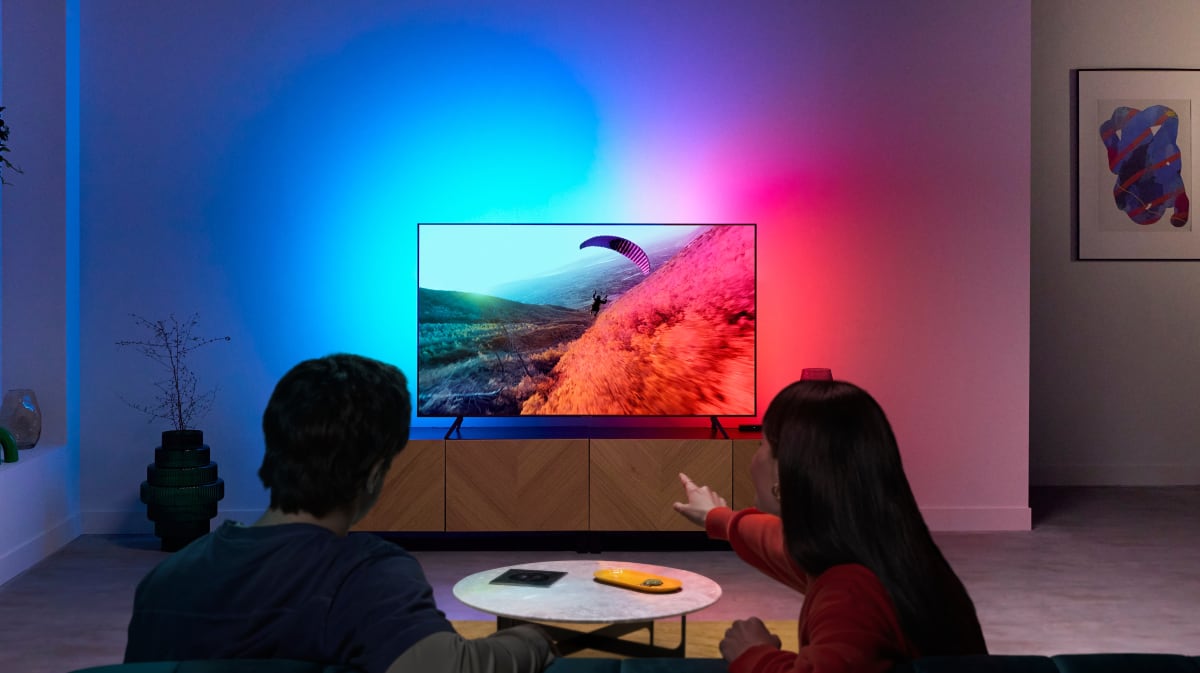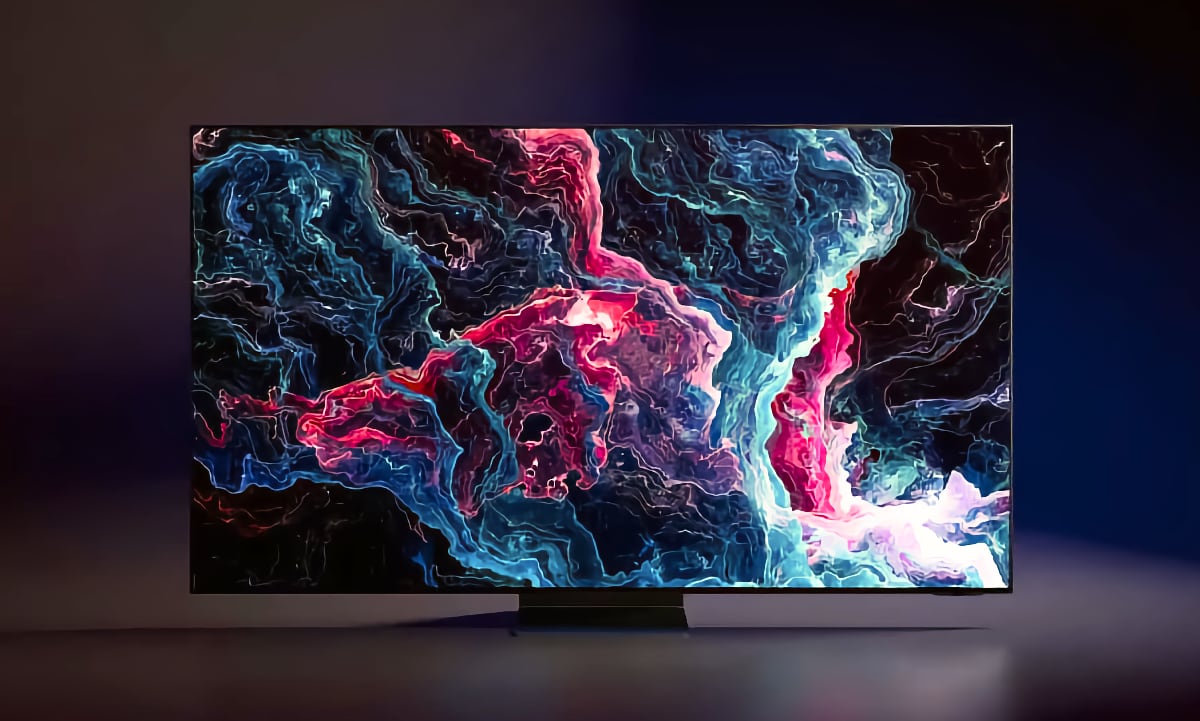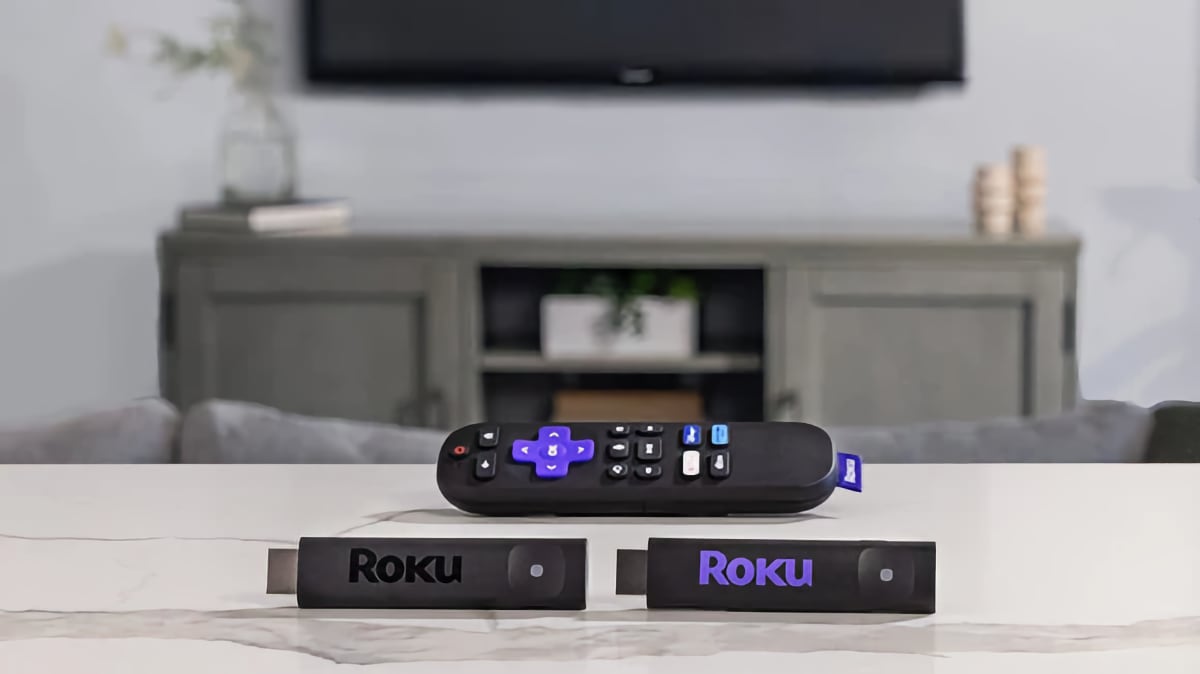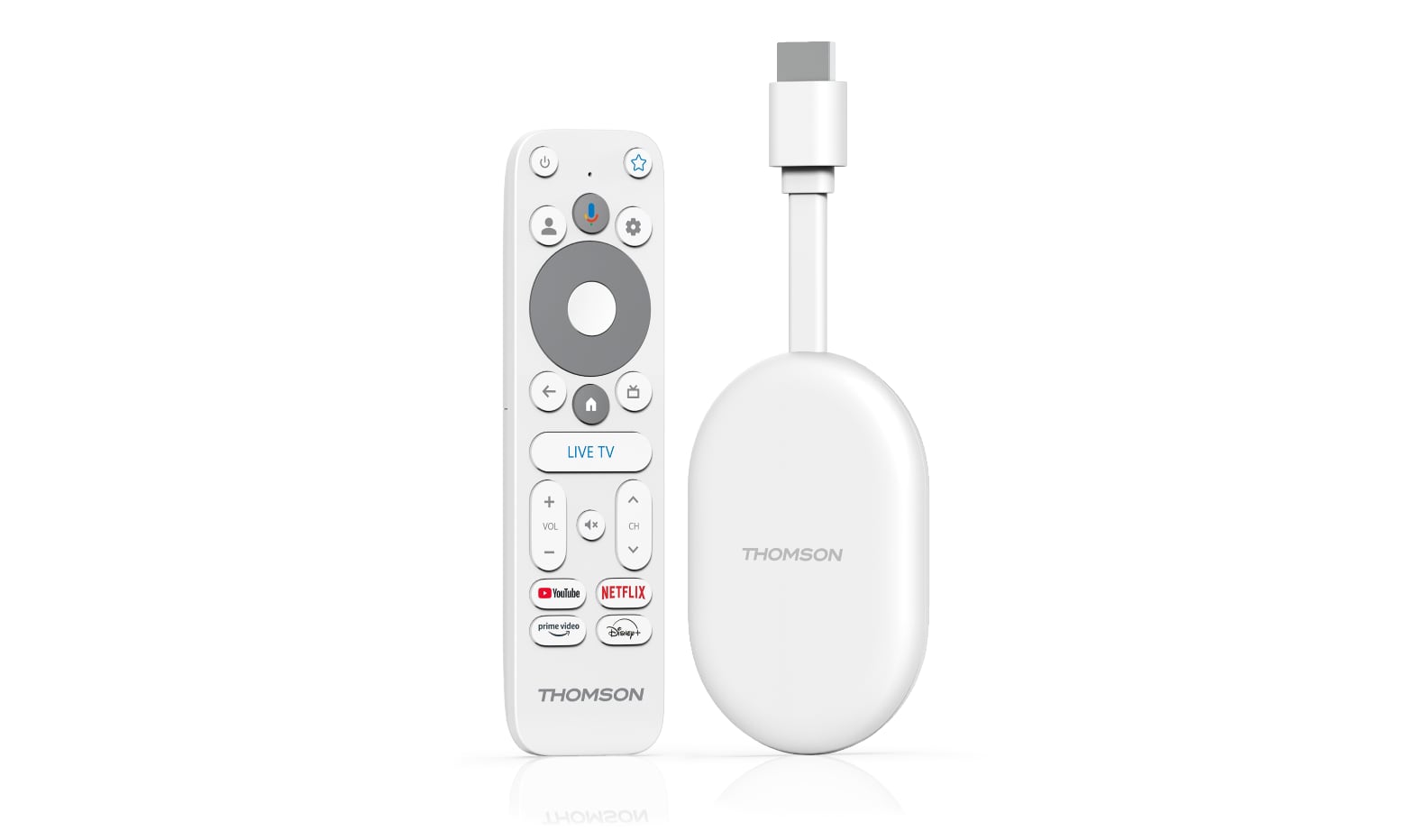At the 2019 OLED Korea conference, TCL announced that it is developing a hybrid QLED and OLED display technology referred to as ‘H-QLED’, according to a report by OLED-info.com.
H-QLED display technology
TCL explains that its “latest technology breakthrough” is a hybrid display technology that uses a blue OLED emitter coupled with red and green QLED emitters, and produced with inkjet printing.
The new type of self-emitting display can potentially deliver more saturated and accurate colors than current TVs, while maintaining true black. TCL claims that by employing this hybrid RGB (red, green, blue) sub-pixel architecture, the ‘H-QLED’ display will be capable of delivering 112% DCI-P3 / 80% Rec.2020 color coverage, which is higher than current high-end TVs that typically hit 90-100% DCI-P3.
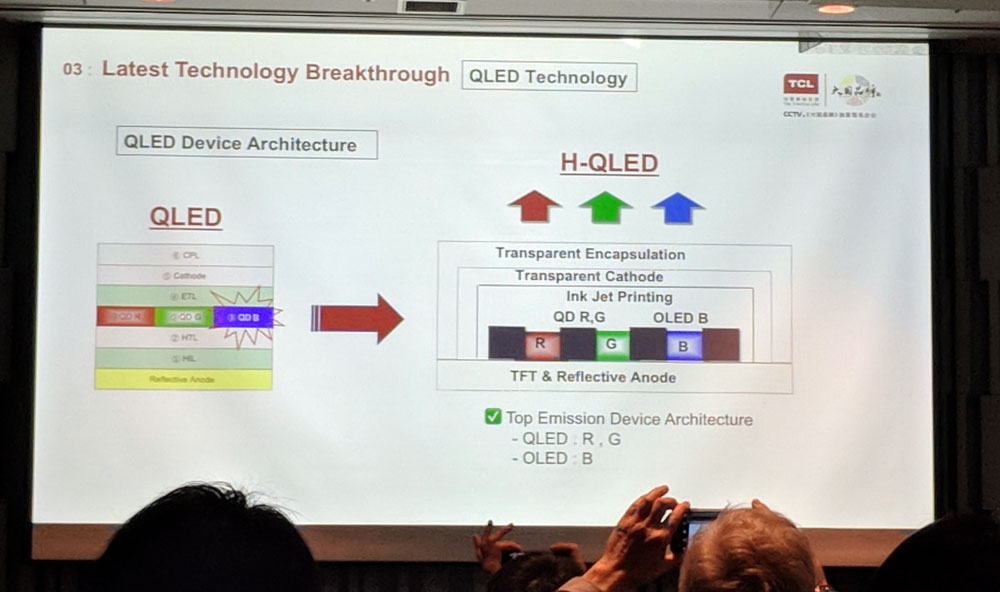
To be clear, this is very different from Samsung’s current “QLED TVs” that are based on LCD display technology with a quantum dot film between the LED backlight and LCD panel. Samsung is also developing display technology that merges OLED with quantum dots. Samsung’s ‘QD-OLED’ is believed to be using blue OLED as a light source with red and green quantum dot (QD) filters on top. TCL and Samsung are both members of the QLED Alliance.
Earlier this year, TCL showcased a 31-inch prototype display with 4K resolution based on this hybrid approach. The company has not specified peak brightness but says that FW (full white?) brightness is 150 nits.
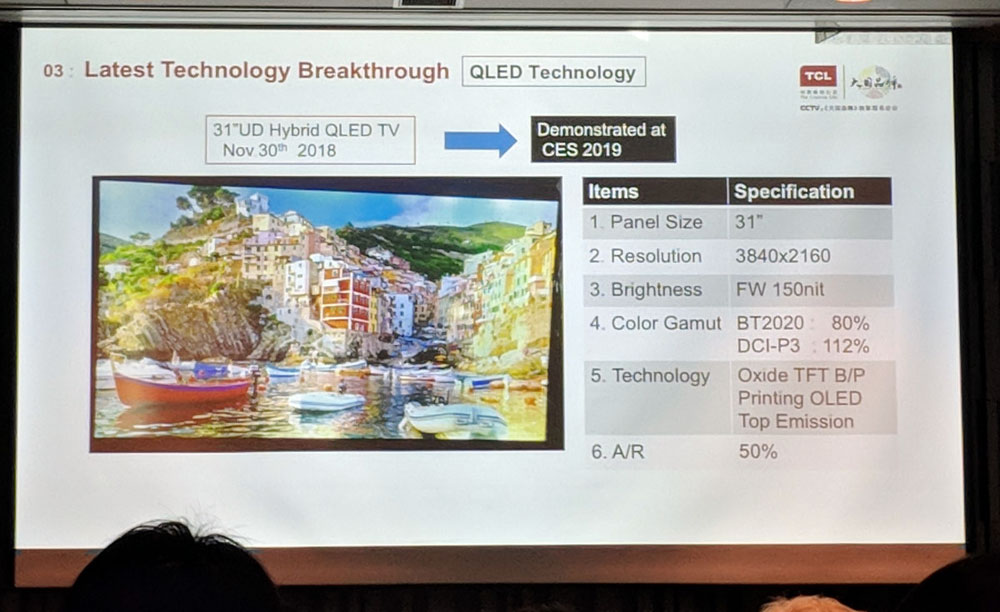
TCL did not announce mass production plans or disclose further details about the project, according to the report. This suggests that it is still some way out and the company could decide to abandon the project altogether.
Still, it is exciting to see TCL challenge Korean display manufacturers. The company has its own display panel manufacturing facilities (under its CSoT subsidiary) and is currently building an advanced 10.5G manufacturing plant for mass production of LCD and OLED. The company is also exploring other display platforms such as mini/microLED.
- Source: OLED-info.com





